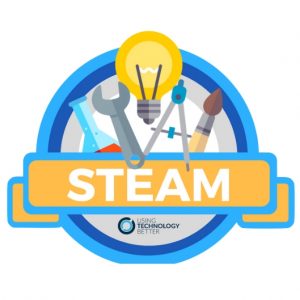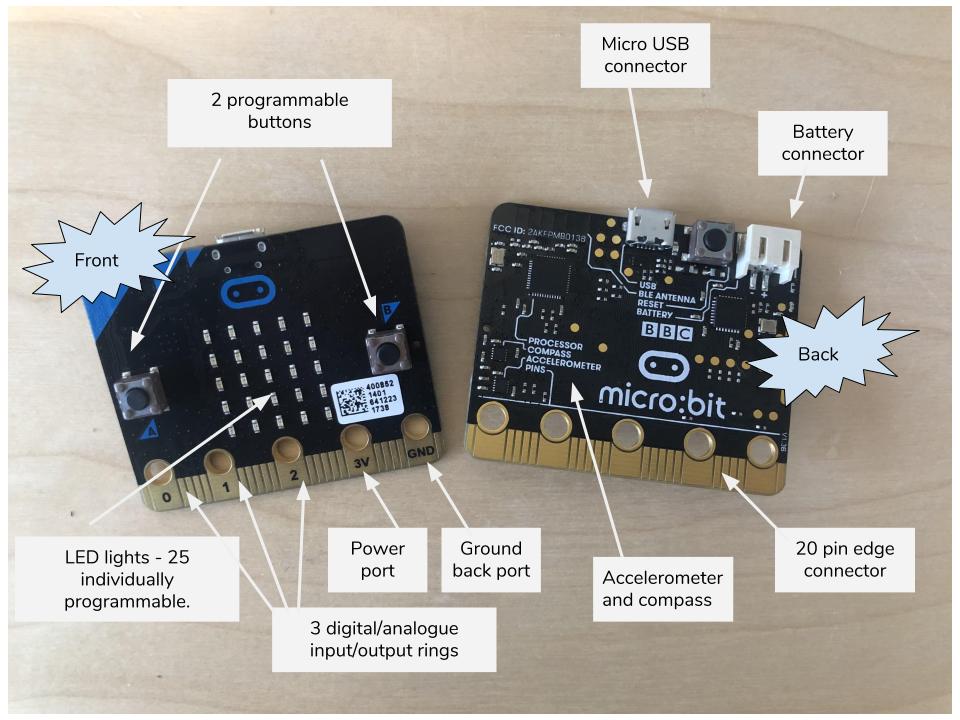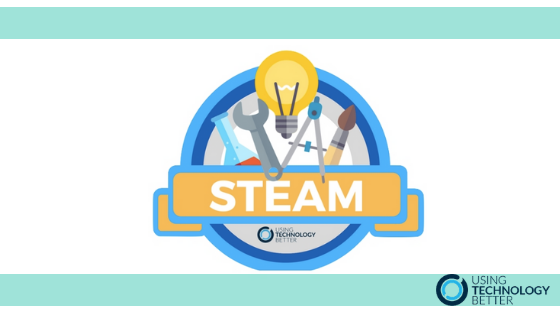We had a request for a blog post about how to get STEAM up and running in a primary classroom and what tools are worth exploring – thanks Karen Evered!

I’ve had a look back through the archives of our blogs and found some great ones you may want to check out.
- Two ways to use the STEM learning approach with your students
- Why the ‘why’ is critical for your school’s STEAM learning programme.
- 5 Myths about STEAM learning
- What’s the deal with the ‘E’ in STEAM? Practical ways to plan for engineering in your classroom
- How to choose the right STEM / STEAM tools for your school
- How to get more out of your STEAM lessons in class
The key theme across all of them is to make sure you know what the purpose of your programmes are and how they will enhance and extend the learning that is already taking place in your classrooms. How will they add value?
TOOLS
In terms of tools – there isn’t one tool to rule them all! In fact, there is so much STEAM learning that you can do without needing any electronics or digital tools at all. If your school or team is ready to start spending some money on equipment however, it is vital to make sure that what you are buying will fit the purpose of what you are trying to do. This brings you back to your ‘why’. We want students to be comfortable using the tools and not afraid of breaking them so make sure that you look carefully at the durability, scalability and cost price of the what you invest in. The rate of change across all things digital is so fast that what is the best tool now may not be the best tool in twelve months time.
The tools are there to enhance the learning experience and computational thinking, not to guide it. And with that in mind it’s a good idea to ‘try before you buy’. Make a connection with people already using the tools and find out what for, why, and how that’s going for them. Social media and online communities are a great way to connect with other educators.
[bctt tweet=”#STEAM tools need to enhance the learning experience and computational thinking, not guide it! #utbPD” username=”lara_kirk”]
One of my favourite tools that I use in training all the time is the BBC Micro:bit. It meets all the requirements listed above and can be adapted for a huge range of lessons and abilities. Check out Donna’s post about how to integrate the Micro:bit into the classroom here.

TEACHER AS LEARNER
For me, the most important thing when you are trying anything new in your classroom is to ensure that you are modelling being a learner yourself. How do you show that you are learning alongside your students? How do you celebrate when students have struggled, failed, persevered then achieved? STEAM learning provides so many opportunities for this and the development of 21st century skills. In New Zealand we talk about the concept of ‘Ako’ – reciprocal learning, where students and teacher interchange the role of leading and learning. Their experiences, culture and prior knowledge are all valued and incorporated into the learning. Having a positive relationship with your students, where respect goes both ways and learning is celebrated makes learning experiences richer for everyone.
“In te ao Māori, the concept of ako means both to teach and to learn. It recognises the knowledge that both teachers and learners bring to learning interactions, and it acknowledges the way that new knowledge and understandings can grow out of shared learning experiences. This powerful concept has been supported by educational research showing that when teachers facilitate reciprocal teaching and learning roles in their classrooms, students’ achievement improves.” (Alton-Lee, 2003) – tki.org.nz
[bctt tweet=”Do you model learning alongside your students? Do you create opportunities for them to teach you? #STEAM and digital technologies is a great way to empower your students. #utbPD” username=”lara_kirk”]
PROFESSIONAL DEVELOPMENT
Much of the anxiety teachers feel around STEAM or Digital Technologies is due to their concerns about whether they are confident and competent enough to teach what is required. Seeking appropriate support, training and guidance is vital for schools to implement change in a positive way. Identifying lead teachers in your school that can model and guide other staff will help to ensure that STEAM and digital technologies are integrated across the curriculum and not just taught as one off, specialised lessons. We can’t expect teachers to do the jobs they do in the classroom and learn new content, in what may be a totally new subject area for them, without providing the framework for support. Encourage staff to seek out courses, in person or online. Encourage teams to set goals then work towards them together. Encourage teachers to talk about their concerns then try to help them find ways to work through them. If teachers can’t see the value in what they’re doing then they’re unlikely to stick to making changes when the process gets hard.
[bctt tweet=”Connect with other educators in ways that work for your and adds value to your professional learning. Support those teachers who need it – reluctance to change and grow is often driven by fear and anxiety. #utbPD” username=”lara_kirk”]
So, thanks Karen for the request! I hope that helps! It would be great to hear from other teachers about what has worked, and not worked, in their schools. Please comment below or if you’re part of online community jump into the forum there!
If you have any requests for blogs please let us know here!











